Why and How to Start a National Emergency Fund
A national emergency fund is stockpile of cash, kept in a secure location within the home, ready for use in the event of a major disaster that takes cashless payments and banking services offline. Financial experts spoke to Yahoo! Finance, explaining why everyone should keep a fund, and how to start and maintain one.
A regular emergency fund—covering unforeseen events such as unemployment, car or medical emergencies—can safely be stored within a bank account. Under normal circumstances, it will be a simple matter of transferring money out of it, withdrawing cash or using cashless options to cover such expenses. A national emergency fund needs to be held in physical money for the (hopefully) rare occasions when local or national infrastructure fails. At such times, ATMs may not have power and cashless payments—relying on electricity and an internet connection—may be unavailable for days at a time.
In regions prone to disasters such as earthquakes, flooding or storms, people are likely to have an emergency kit that may contain medical supplies, water, battery-powered lights, gasoline and other essentials to allow off-grid living until services are restored. Cash should also be part of emergency preparations, for purchases such as temporary accommodation, medicine and food.
Even in non-disaster-prone areas, cashless payments cannot always be relied on. Recent examples are the crash of South Korea’s popular Kakao platform, which provides payment services to millions, and a nationwide outage of a major Canadian telecom company that left millions without mobile phone or internet access. At such times, having cash on hand can increase the buying options available for essential items.
As a quick rule of thumb, the experts suggested a national emergency fund total between $1,000 and $2,000 (US). This is intended to cover lodging, fuel, food, water and medications. However, they emphasise that the right amount will differ depending on the individual or family, their area and circumstances. The key message is ‘even if you can’t afford to save much, it’s better to have something than nothing.’
Finally, it’s important to keep the cash up to date—replacing it in good time if there are any changes in national currency—and in a secure place. Ideally, this should be fire resistant and waterproof, and secured with key or code access.
